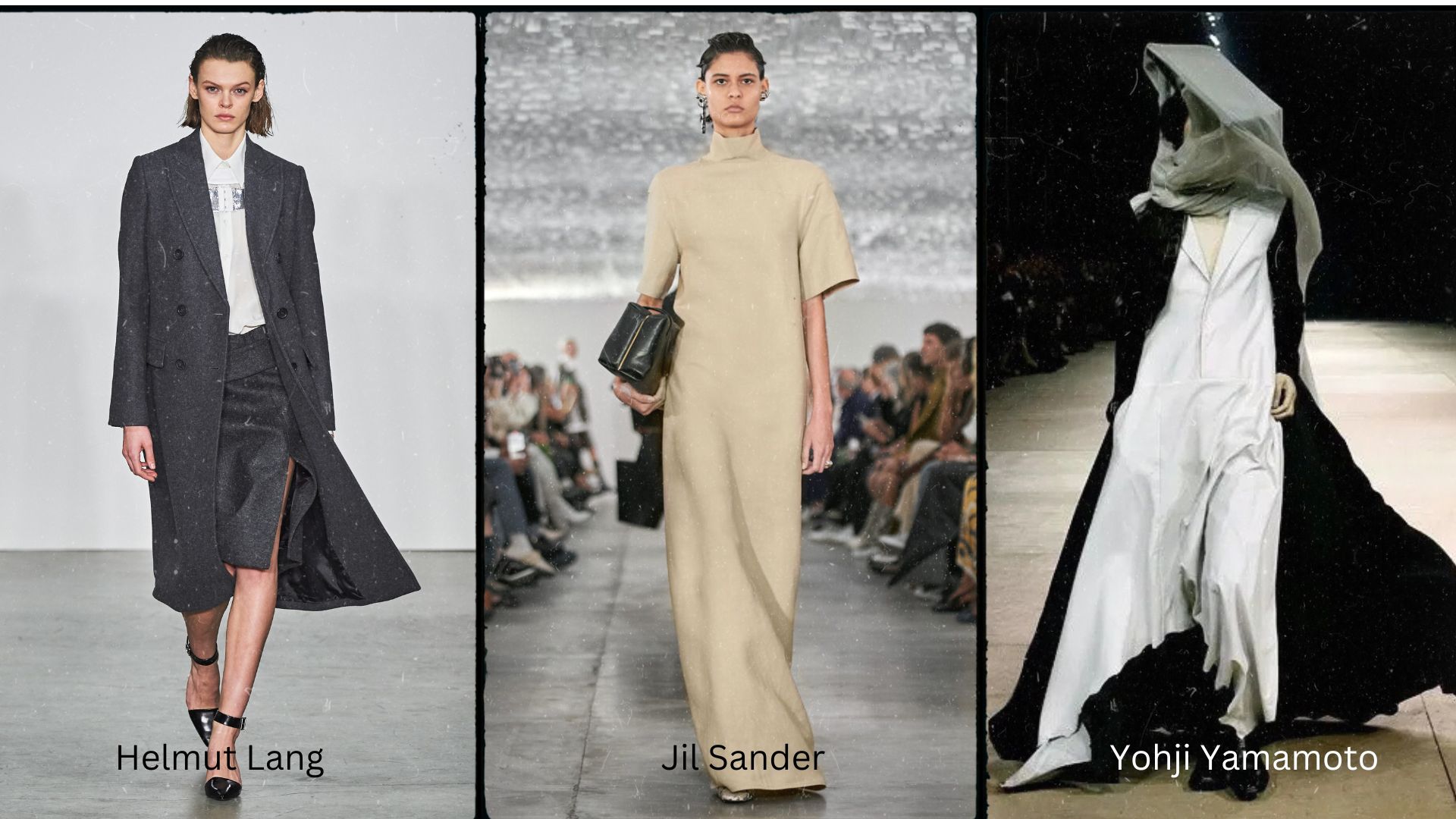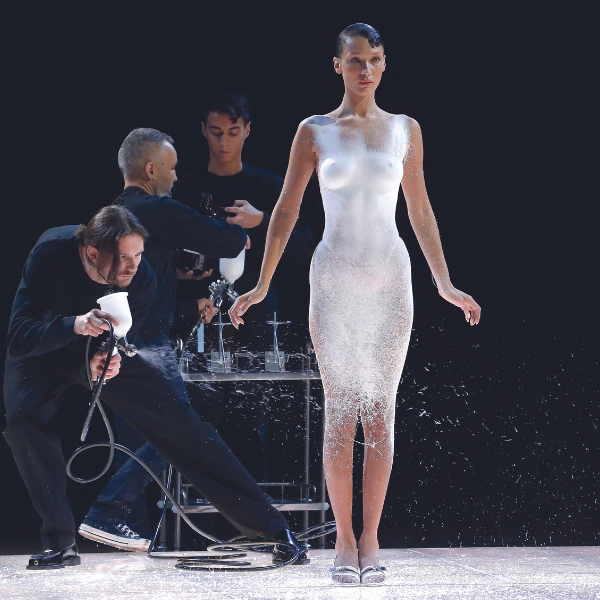The Silent Rebellion: How Minimalist Fashion Reflects a World in Crisis
There is a kind of stillness in the world that only comes after too much noise. It lingers in the aftermath of excess, when everything has been said too many times,…
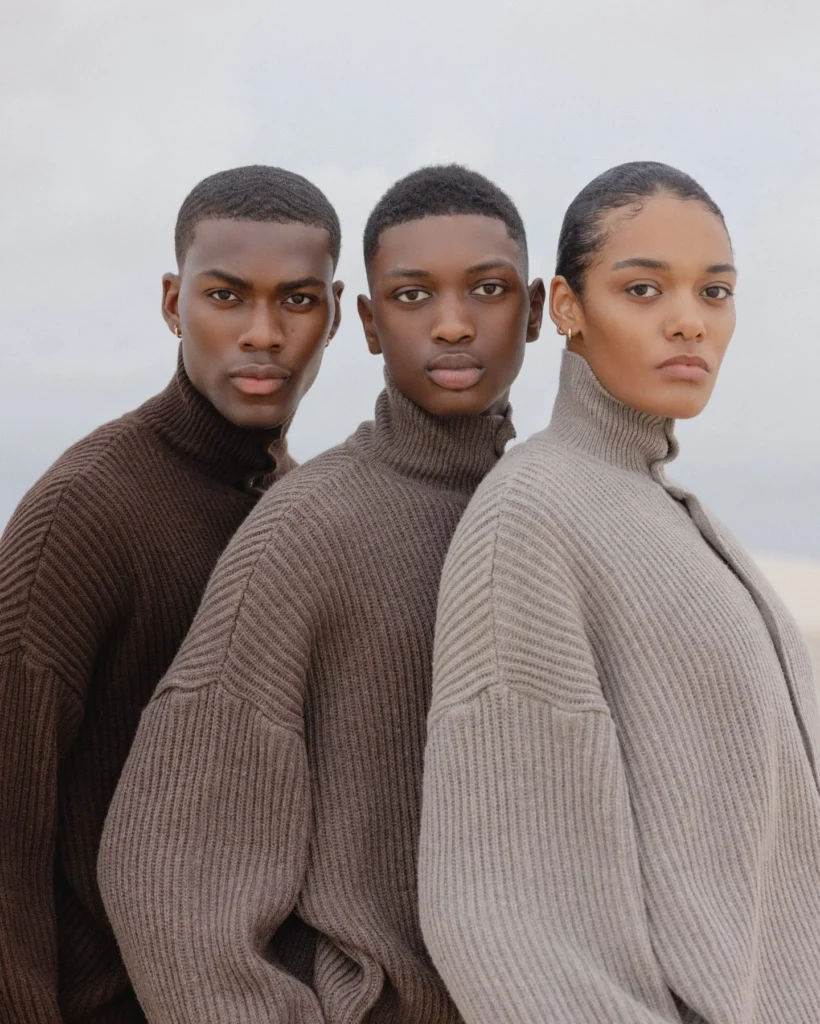
There is a kind of stillness in the world that only comes after too much noise. It lingers in the aftermath of excess, when everything has been said too many times, when too much has been touched, consumed, discarded. And in that stillness, something shifts. The urge to strip away, to quiet the chaos, to find meaning in what remains. This is where minimalist fashion begins, not as a trend, but as a reckoning.
For decades, fashion has been a mirror of its time. It swelled with decadence in the ’80s, unraveled in rebellion during the grunge-filled ’90s, and plunged headfirst into the age of fast fashion in the 2000s, where clothes became as disposable as the trends they followed. But today, the industry stands at a precipice, staring down its own consequences, waste, burnout, overconsumption. And in response, a new kind of luxury has emerged: the luxury of less.

Minimalism in fashion is not new. Designers like Jil Sander, Helmut Lang, and Yohji Yamamoto championed the movement long before it had a name. But what was once a niche aesthetic has become a cultural shift, one that reaches beyond clothing and into the very way we live.
The rise of minimalist fashion is inseparable from the world around it. It is the same force that drives people to declutter their homes, to delete social media apps, to seek quiet in an overstimulated age. It is the antidote to a culture that has fed us too much, too much information, too many choices, too many things that do not matter.
Minimalist designers, whether consciously or not, are responding to this collective fatigue. Their garments reject the loudness of trend cycles, offering instead a kind of permanence. A coat that can be worn for a decade. A dress that does not announce itself but lingers in the mind like a soft memory.
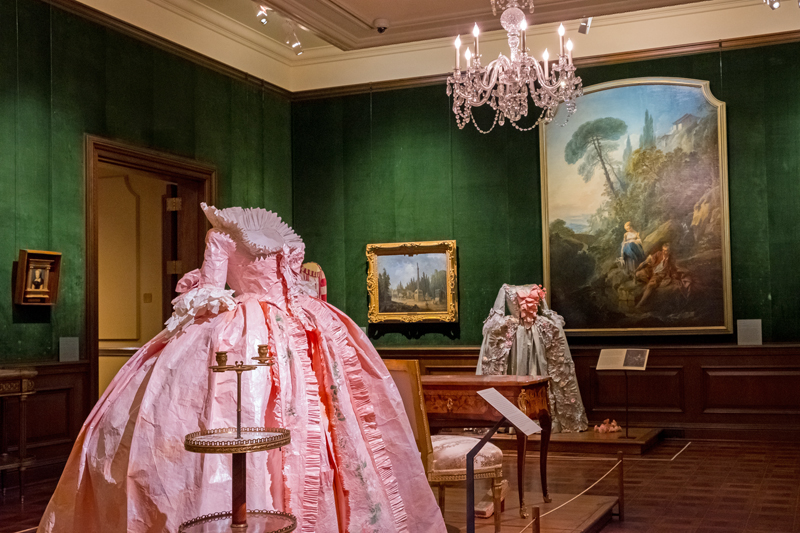
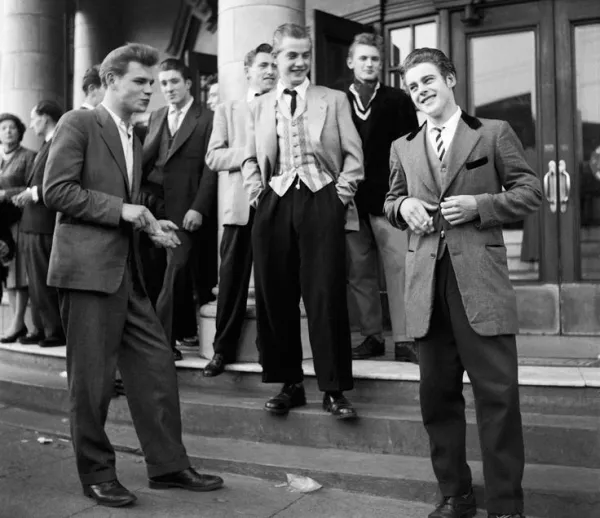
Fashion has whispered the secrets of its time. The extravagance of the 18th century spoke of aristocratic excess before revolution stripped it away. The sharp suits of the 1950s mirrored a world rebuilding itself after war. And today, in an age of overwhelming speed, minimalist fashion speaks of a longing for slowness.
Consider how minimalism has infiltrated not just clothing but every corner of society. Homes are designed with clean lines and open spaces, free of clutter. Digital interfaces have become sleeker, their functions reduced to the essentials. Even personal style has shifted, capsule wardrobes, neutral palettes, and quality over quantity.
This is not coincidence. It is a quiet rebellion against a world that has tried to consume us whole. When every other industry demands more, more content, more purchases, more engagement, minimalist fashion offers less. And in doing so, it gives us back something we did not realize we had lost: the ability to breathe.

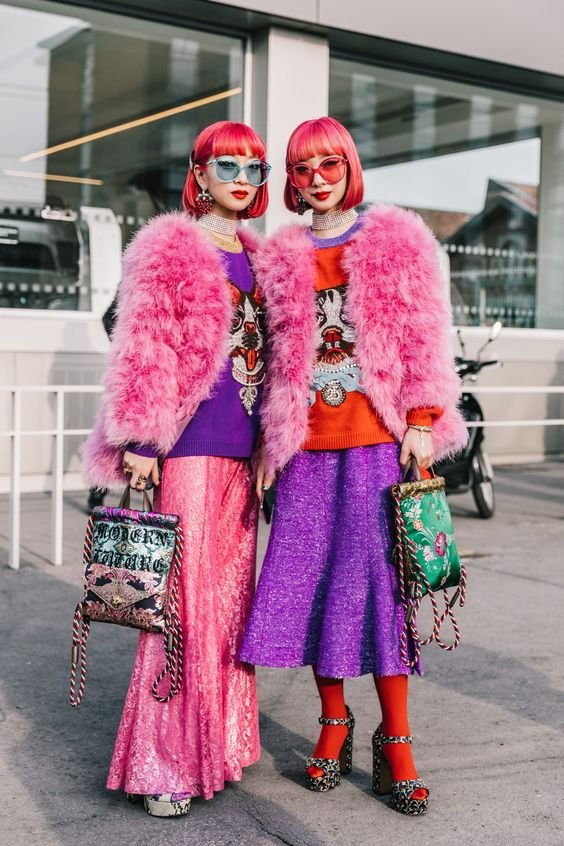
There is a misconception that minimalism is cold, unemotional. That it lacks the drama, the passion, the spectacle of maximalist design. But perhaps its power lies not in what it shows, but in what it allows.
A minimalist garment does not overshadow the person wearing it. It does not dictate who they should be. Instead, it becomes a canvas, allowing space for movement, for memory, for presence. There is something deeply intimate about a coat fits like a whisper, about a dress that carries only the weight of the body it holds.
In an age where we are constantly being told who to be, what to buy, what to wear, minimalist fashion refuses to impose. It asks instead: What do you want? What feels right against your skin? What will you still love, not just today but years from now?

